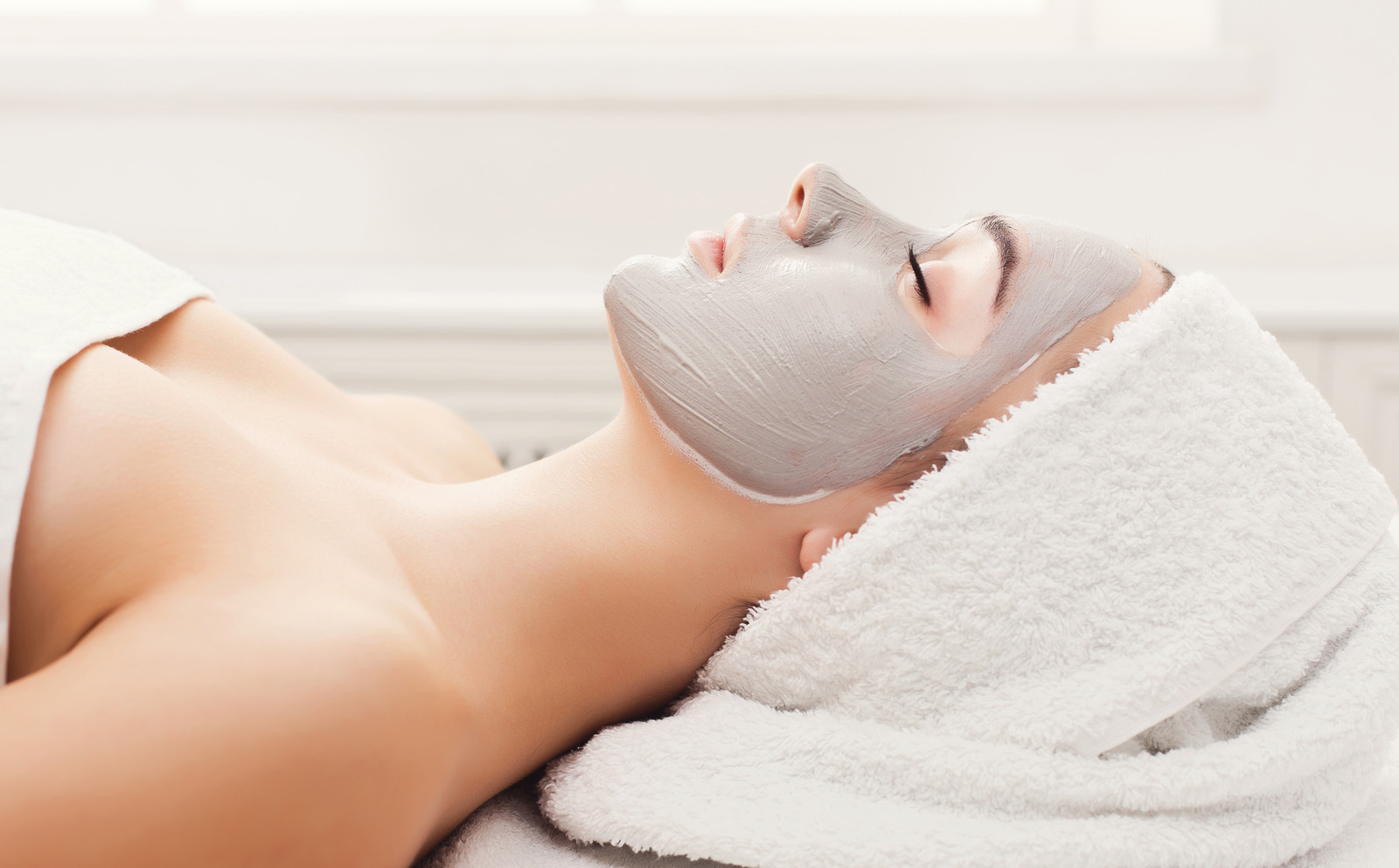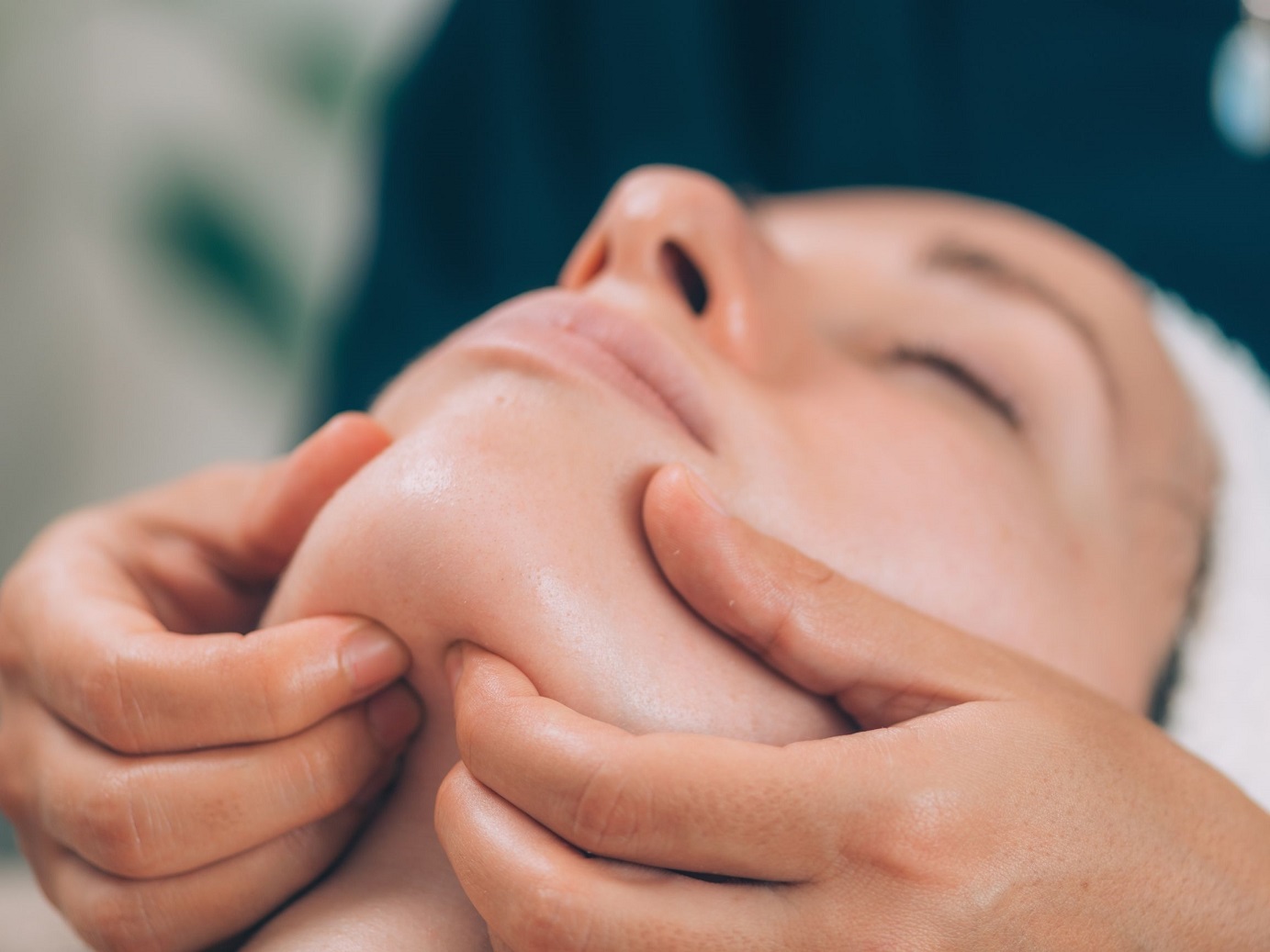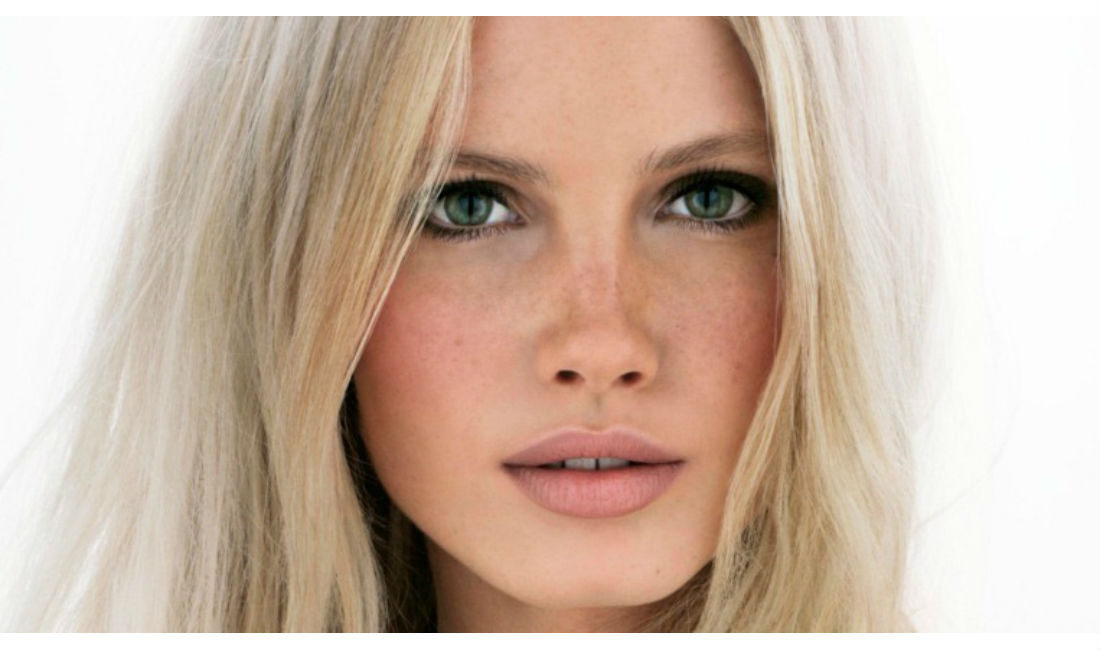
Identifying Every Type of Acne to Treat Effectively
All acne is not created equal. This makes perfect sense, seeing as there are so many factors — i.e. hygiene, hormones, and genetics — that can both lead to and exacerbate your breakouts. But knowledge is power and just knowing that there are different types of acne and that each kind requires its own plan of attack puts you ahead of the clear-skin curve.
Once you figure out what you’re working with, it gets far easier to treat. From there, you can determine what kinds of ingredients and products will work most efficiently to clear up breakouts and prevent new zits from popping up (and tempting you to pop them).
This is the ultimate guide to identifying and then taking down every type of acne out there. Find out how to identify and deal with the different kinds of acne, including blackheads, whiteheads, blind pimples, and cystic zits — because not all purported acne-fighting formulas effectively fight all types of acne!
Now, let’s clarify a few things about different types of acne, so you can get to work clarifying your skin.
Hormonal Acne
What it looks like: A sudden sprinkling of zits around your chin and jawline.
What’s Going On: Do you tend to get these at the same time every month — say, just before you get your period? Because these are the work of fluctuating hormones. Hormones can put oil production into overdrive and having an excess of it means that it’s more likely to settle in your pores and cause zits.
How to Handle It: Pair two of the best-known acne-fighting ingredients, salicylic acid and benzoyl peroxide, in the week leading up to your period. The combo can help prevent hormonal acne from happening in the first place. Follow a salicylic acid wash with a benzoyl peroxide spot treatment. If you’re still seeing zits, visit your dermatologist to discuss prescription options, like birth control pills, oral spironolactone — which blocks oil — or topical Aczone 7.5 percent gel. It’s shown to be particularly effective in adult women without causing irritation. Oral contraceptives level out those hormone fluctuations, keeping your oil production normal and your skin clear.
Whiteheads
What You’re Seeing: A typical zit with a white dot in the center.
What’s Going On: Blame it on your clogged pores. Skin cells stick together inside your pores, blocking the opening. The white you see at the top — hence “whitehead” — is the blocked pore. Oil trapped beneath it mingles with grime and bacteria, causing inflammation and the red, swollen bump that ultimately makes a pimple.
How to Handle It: Consider salicylic acid your secret weapon. This beta-hydroxy acid helps remove excess oil and exfoliate dead cells from the skin’s surface to keep pores clear. Varying products containing this are spot treatments and work for mild to moderate acne and as a nightly allover treatment for pimple prevention. And since it some dry clear, you can wear it to fight zits whenever, wherever!
Inflammatory Acne: Papules
What You’re Seeing: Patches of small, red zits that don’t come to a head.
What’s Going On: Meet papules. No, they’re not things you’d find growing on the grounds of Hogwarts (though they sound like it). These are a type of inflammatory acne, and they’re the work of bacteria. Growth of the bacteria p. acnes on the skin promotes inflammation, causing acne bumps to become red and tender.
How to Handle It: Your best bet is benzoyl peroxide. Benzoyl peroxide can kill acne-causing bacteria and reduce inflammation. Try a cream like which also exfoliates with lipo-hydroxy acid. Be aware, however, that it can seriously dry out skin so moisturize well after you use it.
Inflammatory Acne: Pustules
What You’re Seeing: Red, angry-looking pimples filled with white or yellow liquid.
What’s Going On: These may vaguely resemble whiteheads, but they’re actually in the inflammatory acne family. Pustules, which are filled with — you guessed it — pus, are the result of inflammation caused by bacteria.
How to Handle It: Think of these as bigger, pissed-off whiteheads. Your best bet is to stock up on benzoyl peroxide, which kills the bacteria. A spot treatment should do the trick. Also, try not to pop them — as tempting as that may be. Since they’re inflamed, they’re more likely to scar if you go the DIY route.
Cystic Acne
What You’re Seeing: Huge, angry pimples — and there are usually multiple.
What’s Going On: If it’s big, red, and painful, you’re probably experiencing cystic acne, one of the more severe types. Cystic pimples are caused by genetics and hormonal stimulation of oil glands. Not only are they large, but they’re also notoriously tough to treat. They often recur in the same place because even if you manage to get rid of one, it can keep filling up with oil again and again, like an immortal pimple.
How to Handle It: If you’ve tried the usual anti-acne ingredients, like salicylic acid and benzoyl peroxide (which, we should warn you, rarely work for this kind of acne), you should consider paying your dermatologist a visit. You may need a cortisone injection or an oral medication, like an antibiotic, in addition to topical formulas.
Blackheads
What You’re Seeing: Dark, tiny dots plugging your pores.
What’s Going On: You might be all too familiar with these, which tend to make their debut when you’re in high school. Blackheads, like whiteheads, are blocked pores. What gives them their namesake color, though, is the oil. It’s already dark, but blackheads also have a larger opening at the surface than whiteheads do, meaning air can enter and oxidize that oil sitting inside the pore, turning it even darker.
How to Handle It: Exfoliation is a step you just cannot skip if you’re experiencing blackheads. Then pair a salicylic acid-packed wash with pore strips.
Blind Pimples
What You’re Seeing: Just a subtle — but incredibly painful — bump under your skin.
What’s Going On: You don’t actually see these so much as feel them — which is why they’re called blind pimples. A blind pimple is like a balloon under the skin with no connection to the skin’s surface, so there’s nowhere for it to go. The pressure just builds beneath the skin, which is what makes it sensitive to the touch.
How to Handle It: Speaking of touching, don’t! Picking it, squeezing it, or poking at it will only worsen the situation. These may disappear on their own after a few days. If not, first try icing the area, and then apply salicylic acid gel, benzoyl peroxide gel, and one-percent hydrocortisone cream. The combo will calm skin, kill bacteria, and draw out excess oil from the pimple — all things necessary to take this down.
Facials for the Win
When all else fails, your best weapon is your esthetician. A professional facial will be able to treat, extract, and help reduce your outbreaks. Call Botanica Day Spa today at 727-441-1711 to book your facial!
Love,
Gen



Leave a Reply